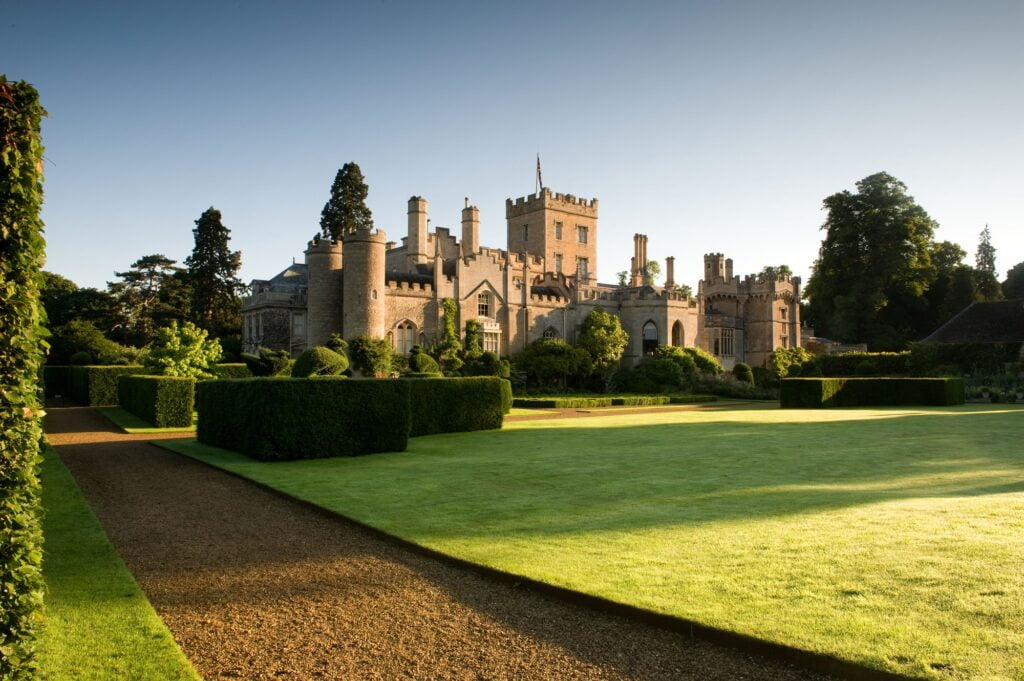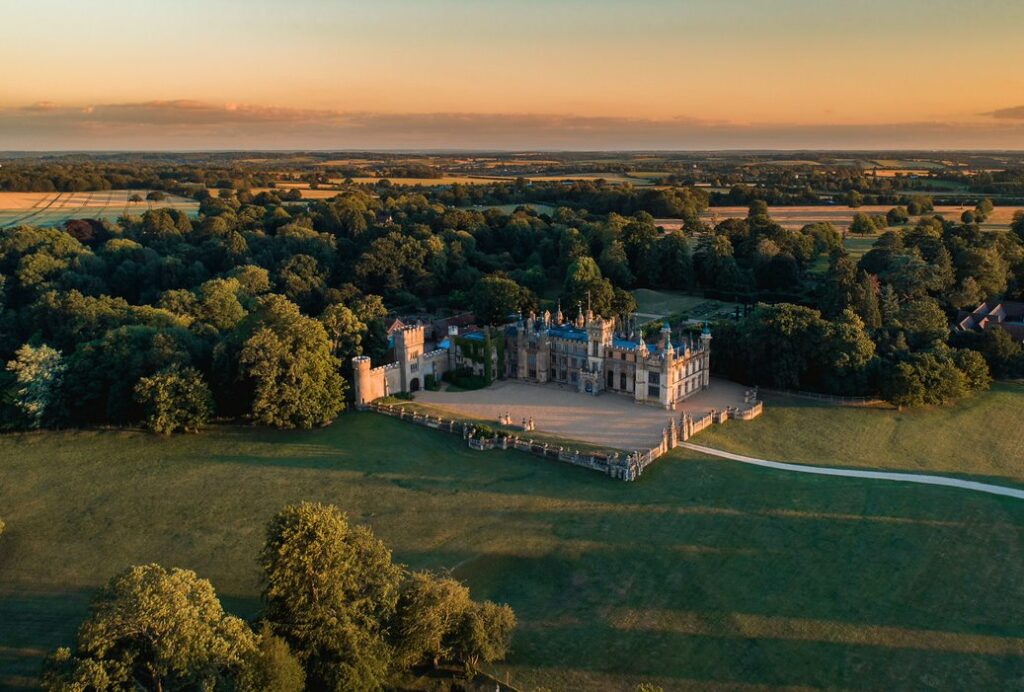Home - Everyday Etiquette - How to enjoy Britain's historic houses
Main image: Abbotsford House, Scottish Borders
We are all aware of Britain’s rich heritage of historic houses, castles and gardens, and many of us enjoy visiting stately homes that have been preserved for the nation, which welcome large numbers of visitors and offer a carefully curated and informative experience.
Debrett's has partnered with Historic Houses, the country’s largest collection of independent historic houses, castles and gardens. These are properties that may be owned by individuals and families, whose ownership of the property stretches back for centuries, or by charitable trusts, businesses and institutions. Historic Houses is a cooperative association that represents, advises and supports owners so that they can make their properties accessible to the general public. Sharing their own history allows them to invest in the future of their houses, safeguarding our heritage for generations to come. Hundreds of Historic Houses member places open as tourist attractions, and most of those offer free admission to Historic Houses members.
But now imagine the thrill of delving deeper into our past and gaining access to hundreds more privately owned houses that only admit visitors on rare occasions, for very special owner-guided tours. That’s one of the extra treats awaiting those who explore Historic Houses' 'Invitation to View' offering.
Private owners are the custodians of their own legacy; by inviting members of the public into their homes they are greatly enriching Britain’s historic and cultural landscape, and anyone who joins their tours should be appreciative of the access they are being offered. It is imperative, therefore, that visitors to historic houses are polite and considerate, ready to listen and learn, and appreciative of the insights they have gained on their visit.


Most historic houses are not set up to welcome younger children (under the age of fourteen), because they are often packed with fragile contents. If you do want to bring younger children, you will need to check with the owner in advance and see if they are able to accommodate you – don’t just turn up on the day with small children in tow.
Hosts will be very happy to try and accommodate any dietary or access requirements you may have but will only be able to do so if you give them plenty of advance warning. Many private houses are not easy to get around for those who have trouble with stairs, or walking or standing for long periods, and teas cannot always be laid on that cater for all possible allergies, intolerances, or religious prohibitions, so if you are affected by any of those things, seek advice about whether or not you’ll get the best out of a tour before booking.
It would be rude to keep a house-owner, and other visitors, waiting, so make sure you’re not late. However, you should also ensure you don’t arrive too early, because the owners may well be preparing for your visit and it can be awkward to put away lawn mowers or tidy up children’s rooms when guests have already arrived and are waiting in the garden. There is an ideal arrival window of somewhere between fifteen and five minutes before the advertised start time.
You really don’t need to bring large bags with you – many houses won’t have the facilities to store them while you’re on your tour. Avoid carrying rucksacks, which can be very hazardous in confined spaces. It’s easy to forget that you’ve got a bulky object on your back, and many a precious vase has been smashed by someone wearing a rucksack turning around in a tight space….
Nobody will be dressed up for the tour, so choose clothes that are warm (you may well be looking at the garden) and comfortable. Under no circumstances should you wear stiletto heels, which can wreak terrible damage on wooden floors and other fragile surfaces. You will be doing a lot of standing, so it is sensible to wear flat, comfortable shoes.
These tours offer the great privilege of giving you access to someone’s home. You will be taken into essentially private spaces, and you must respect that this is an act of trust. It would be entirely inappropriate to open closed cupboards or pick up personal items. The owners will certainly appreciate your interest and curiosity, but they do not want to feel that strangers are prying into their private lives.
Questions are always welcomed. You may have thought of some before your visit, based on your knowledge of the house, family, or area, or they may occur to you as you go round. They’re a chance to learn, and to help the group learn. Asking genuine questions is a great way of showing your host your interest and appreciation and may even entice them to share further stories or spaces.
We are all compulsive photographers nowadays, ever ready to take pictures on our phones and post them on our social media accounts. But when you are visiting someone’s home, it is imperative that you ask the permission of the owner and check specifically that they are comfortable with photographs being shared. There have been cases in which photos posted online have revealed key pieces of information about security, helping burglars to raid houses and take valuable historic artefacts.
Most tours end with tea and cake or even a light meal. This is an excellent opportunity to talk further with your host, and with other tour guests. You’re likely to have a lot in common with other people who enjoy these tours, and it’s a great way to meet new, like-minded people. So, rather than hunkering down at the corner table, be friendly and open and show that you are willing to chat.
It is only polite to take a few moments to say thank you to your host for the time they have given you and the insights they have shared.

